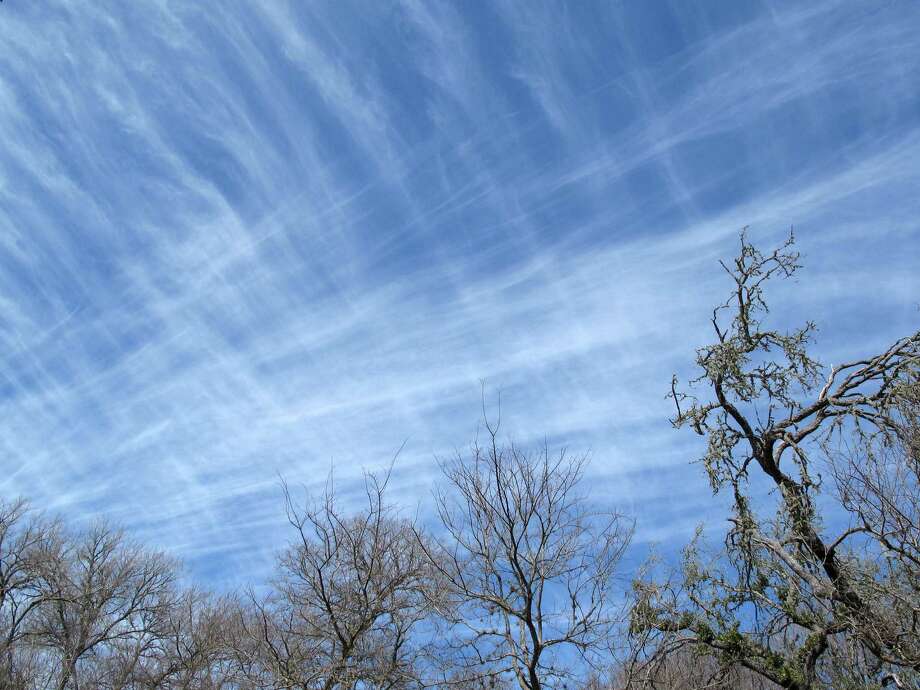
it is reported that the distribution of optical properties of cirrus clouds play a key role in radiative effects. Over tropics ( Sassen and Cho, 1992 Heymsfield and McFarquehar, 1996). Both of these are derived by inverting lidar backscattering signals from cirrus clouds. Generally, Lidar detects clouds with their back scattering signal, and provides an excellent way to obtain the optical properties of cirrus clouds. It also provides region wise information on geometrical and optical properties with high spatial and temporal resolutions. Light Detection And Ranging (Lidar), a remote sensing tool that provides information on vertical distribution of various types of cirrus clouds like sub visual, thin and thick (or dense or opaque), and multi-layered clouds, rain and evaporation ( Lolli et al., 2020), aerosols ( Lolli et al., 2019), gas concentration ( Foth et al., 2015), and wind speed ( Lolli et al., 2013), etc. In order to estimate the role of optical properties of cirrus clouds at the TOA, it is required to study their optical properties in terms of optical depth, depolarization ratio, and their seasonal variations. Optical properties of cirrus clouds vary during different seasons causing cooling or warming of the earth’s atmospheric climate system ( Ramanathan and Collins, 1991). Their optical properties control the radiative forcing of the earth’s atmospheric system and hence the detailed measurements of cirrus clouds are important at different geographical locations. Hence the radiative balance strongly depends on optical properties of cirrus clouds. The significant roles of these two competitive effects typically depend on the optical properties of cirrus clouds ( Zerefos et al., 2003). At the Top Of the Atmosphere (TOA) if the cirrus cloud is optically thin (0.03> cloud optical depth 0.3), then its albedo is high which produces negative radiative forcing, and the albedo effect cools the atmosphere ( Fu and Liou, 1993 Fahey and Schumann, 1999). Both lead to warming and cooling of the earth’s atmospheric system ( Lolli et al., 2017), whose significance depends on the thickness of the cloud. A positive radiative effect known as green house effect (traps the outgoing long-wave radiation emitted by the earth and the atmosphere) and a negative radiative effect also known as albedo effect (reflects the incoming solar radiation). The impact of cirrus clouds (ice phase clouds) on the earth’s climate system based on two radiative effects are explained by Stephens et al. It plays a crucial role in earth’s radiation budget ( Liou, 1986 Mc Farquhar et al., 2000 Campbell et al., 2016 Lolli et al., 2017) as well as in the climate and weather studies. Studies of these clouds are important to understand the climatic nature and to predict the future ( Nazaryan et al., 2008). Cirrus clouds cover 16.7% of the earth’s surface with the highest fraction of occurrence in the tropics ( Sassen et al., 2008, 2009). High altitude cirrus clouds (cold clouds) are thin and wispy, mainly composed of ice crystals ( Lynch et al., 2002) of dissimilar shape and size. Summary of cirrus cloud layer statistics and the statistical variation (seasonal) of the optical properties of cirrus clouds is presented for the period of study. The monthly and seasonal variations of optical properties of cirrus clouds were analyzed. From the measured optical depth values, it is categorized that 8, 77, and 14% of the cirrus clouds are sub-visual, thin, and thick clouds. The interdependence of optical depth as a function of depolarization ratio is analyzed and a positive correlation is observed (0.3950). In the altitude range of 10–17 km, the range of the optical depth and depolarization ratio of cirrus cloud was found to be 0.01–0.4 and 0.1–0.4, respectively. Altitude variations of optical depth and depolarization ratio are discussed.

Lidar measurements are taken for one year (2013) at National Atmospheric Research Laboratory (NARL), located at Gadanki (13.5°North, 79.2☎ast 375 m AMSL), India and are used for the present investigation. The optical properties of high altitude cirrus clouds are obtained using the polarization diversity ground based Mie lidar instrument at a tropical latitude station in the Indian subcontinent. In order to study the effect of cirrus clouds in the tropical regions, it is essential to understand, and characterize their optical properties. The presence of cirrus cloud has its impact on the earth’s radiation budget.

Department of Physics, Sri Chandrasekharendra Saraswathi Viswa Mahavidyalaya (SCSVMV Deemed University), Kanchipuram, India.Nellore Manoj Kumar * and Kannan Venkatramanan


 0 kommentar(er)
0 kommentar(er)
